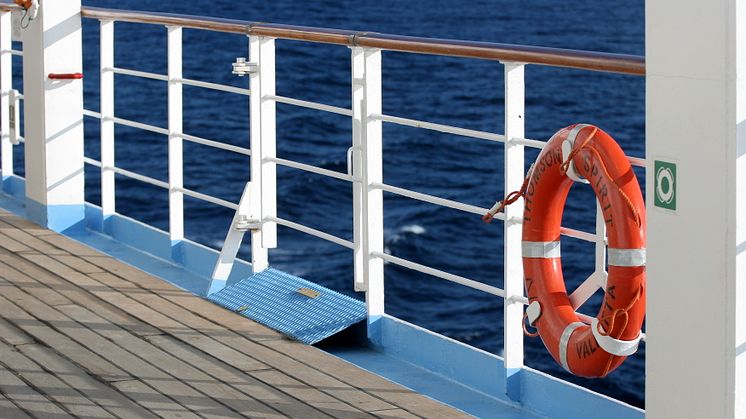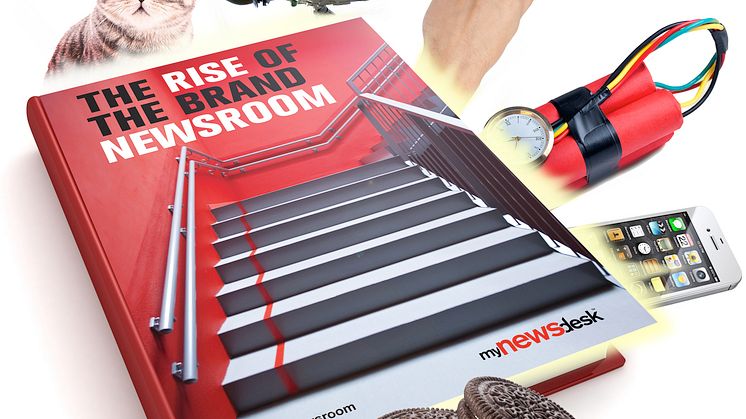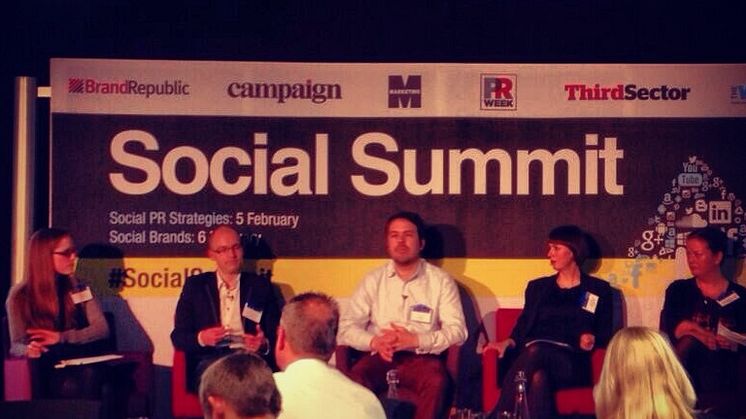
Blog post -
Cruising your way through Crisis Communications: UK vs. USA
Let me set the scene.
It is Monday morning at the office, second week on the job.
Request from the team to write some blogs on things happening in communications and PR. So, I raised my hand to write about crisis communications, comparing an example of how one US company and a UK company approached a very similar crisis very differently. This is not to say every company in the US or the UK handles their PR in exactly the same way, it's simply indicative of the difference in approach, generally.
As an American living in the UK, I think there's useful insight to share from comparing the prevailing approach to proactive comms in my former home vs my new one.
I spoke with my friends in the States who work in PR at companies such as Waggener Edstrom, Edelman and Publicis. Overwhelmingly, they all discussed the importance of social media to release coverage on a crisis.
In my experience at MyNewsdesk, we express the importance of coverage in all your channels. Get the story and the message out to the right sources through press releases, media contacts, social media and company website. Remain in control and calm, by remaining transparent and direct.
I promised you two examples, and, as a woman of my word, let’s take a look
Fred Olsen Cruises’ ship, Boudicca, being hit by an engine room fire this past week - the UK example vs. Carnival Cruises’ ship, Triumph, suffering a similar in February 2013 - the US example.
What happened to each ship?
Fred Olsen UK had a fire that caused a blackout on the ship for 5 hours. It was able to fully recover and continue its route as normal. You can find a full description of the situation.
Carnival USA had a fired that caused a blackout and engine failure on the ship, leaving it stranded for 4 days in the Caribbean. Here is the full, initial report.
Differences: The sheer volume of passengers and staff on both ships was a huge difference. Also, the gravity of the situation of the Carnival cruise was much more extreme as they were unable to get the cruise line up and running to its full potential. Clearly, there was a need for a more intense solution from Carnival to respond to its incident.
How did the companies deliver the news to the press and public?
Fred Olsen posted a press release on their online newsroom, Facebook fan page and Twitter on January 25 at 10:37 GMT, 6.5 hours after the incident. This was picked up by the BBC to report.
They updated the public via Twitter and Facebook, which fed to their website newsroom instantaneously and then updated press releases as well.
Carnival's official statement was released on Twitter and Facebook on February 10 at 21:51 CST, 16 hours after the incident. It detailed the events that had happened, the temporary solution actioned, personal feelings about.
The story was picked up and reported by all major news publications, including CNN who ran an in-depth report and dialogue about what happened. More investigative reporting happened from the CNN.
Carnival continued to update the public on the story by tweeting about any news. Here is coverage of the live feed.
Additionally, Carnival dedicated a page on the website to cover all the latest updates about the ship. However, the time between news and social post was slow.
Carnival also held a press conference with CEO, Gerry Cahill.
What do we make of it?
Fred Olsen proactively put the message out before the media could run away with the story. Every channel was activated with a consistent message. Up to date Twitter stream was fed in to their website, making it easy for the public and media to access information in their preferred channel.
This is impressively transparent and accessible.
Carnival had a nightmare combination of multiple people communicating with multiple channels simultaneously, or not communicating at all.
Since people could only access the message from Twitter, it involved more work from the public to read it. The messages were clear, direct and proactive. The press conference put a sincere face to the problem, which helped.
However, the combination of initial lack of communication and slow response time allowed the media to run away with the story and capitalise on the drama of it.
With a little bit of thought and genuine proactivity, Carnival Cruises PR team would have saved a lot of time and made the situation less stressful. This could have happened had their been an easier way to post simultaneously and instantly to all channels.
This is the 21st century. People need multiple ways to access your story. You need the press to carry the story they way you want it to be told. Control is in the company’s hands if you are transparent and proactive.
Obviously, there is so much more that could be written and investigated about the topic.
However, I am just a newbie with a thought.



